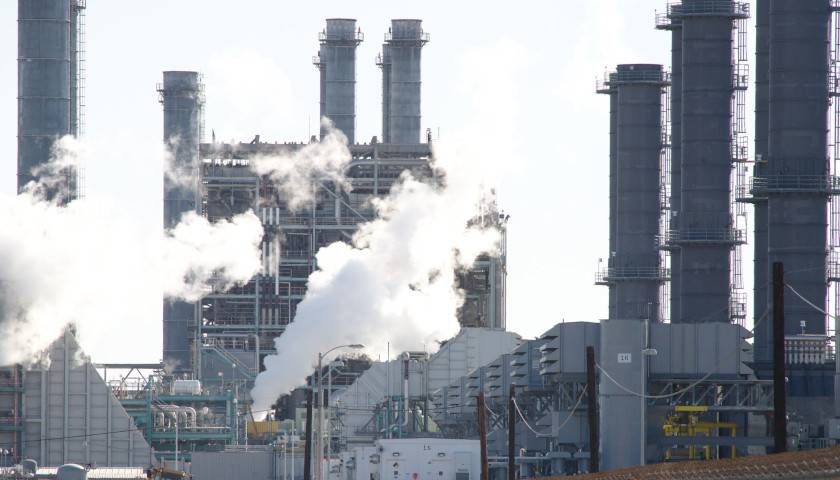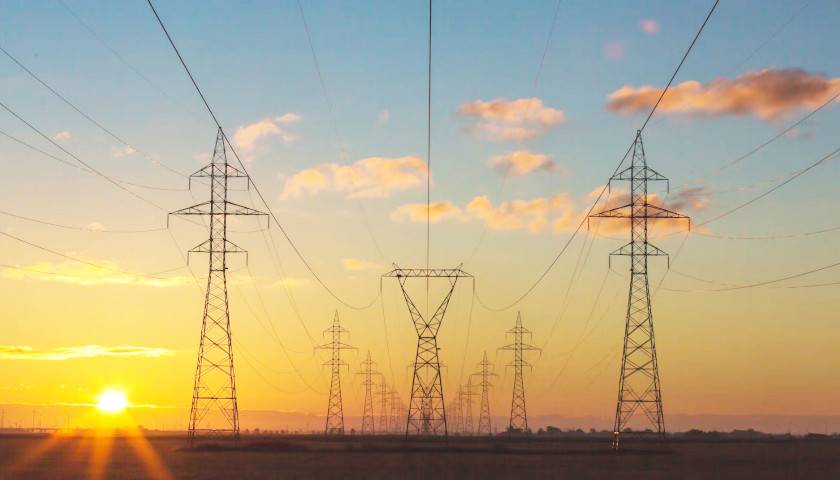A new study finds that natural gas is the most effective energy source meeting growing energy demands affordably and reliably, while balancing environmental and human impact.
The “Grading the Grid” study by the Mackinac Center for Public Policy, a pro-free market nonprofit, and Northwood University rates natural gas, coal, petroleum, nuclear, hydroelectric, wind, solar and geothermal generation sources on their reliability, environmental and human impact, cost, innovation and market feasibility.
Read More

